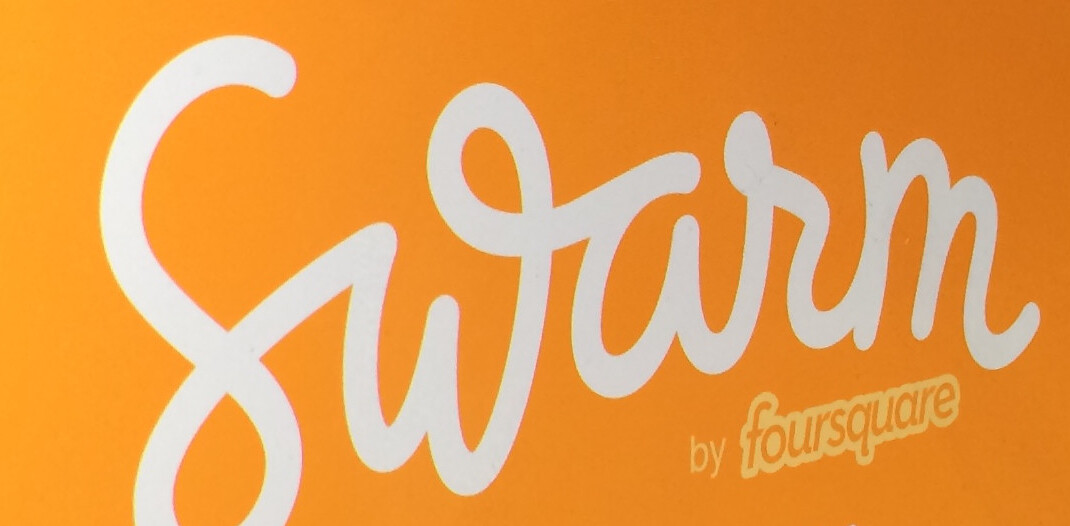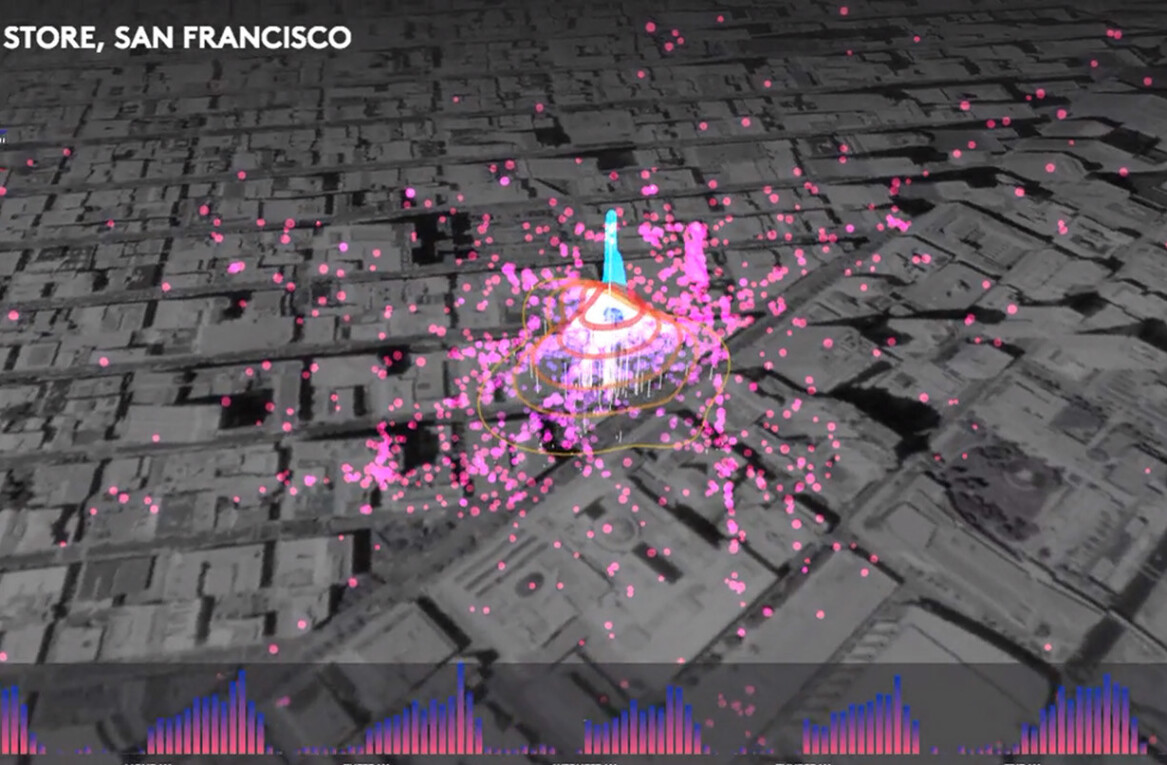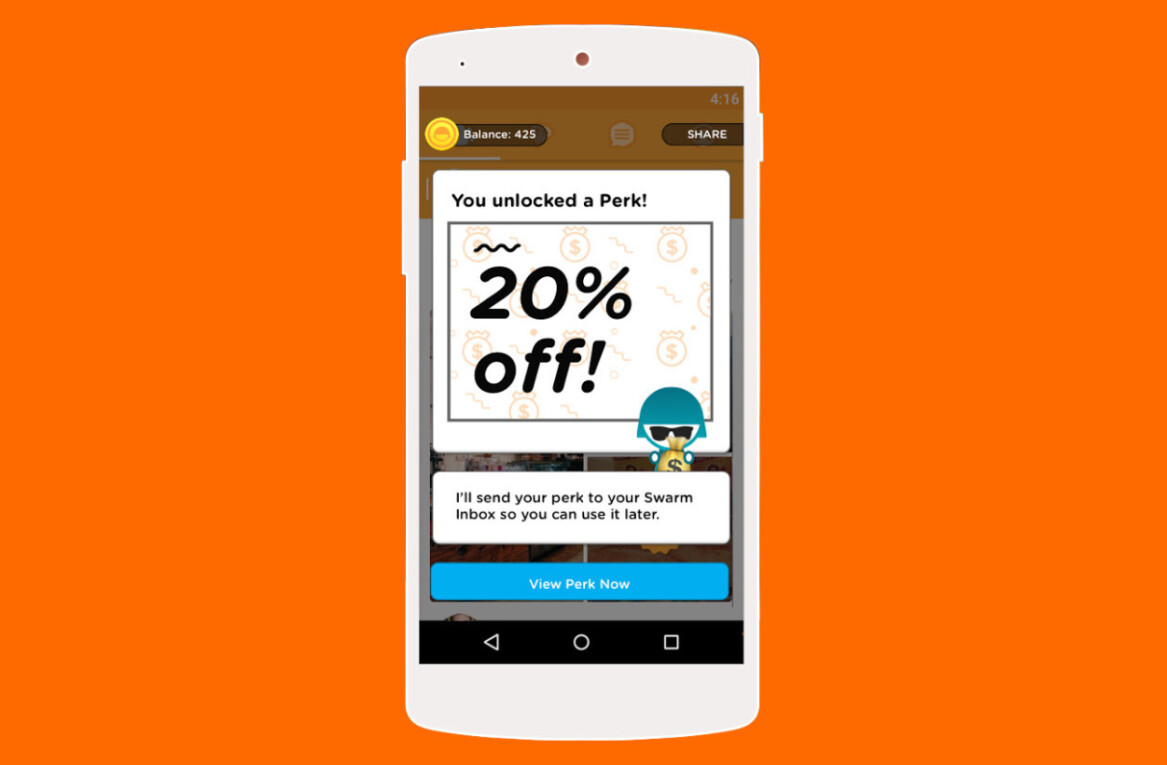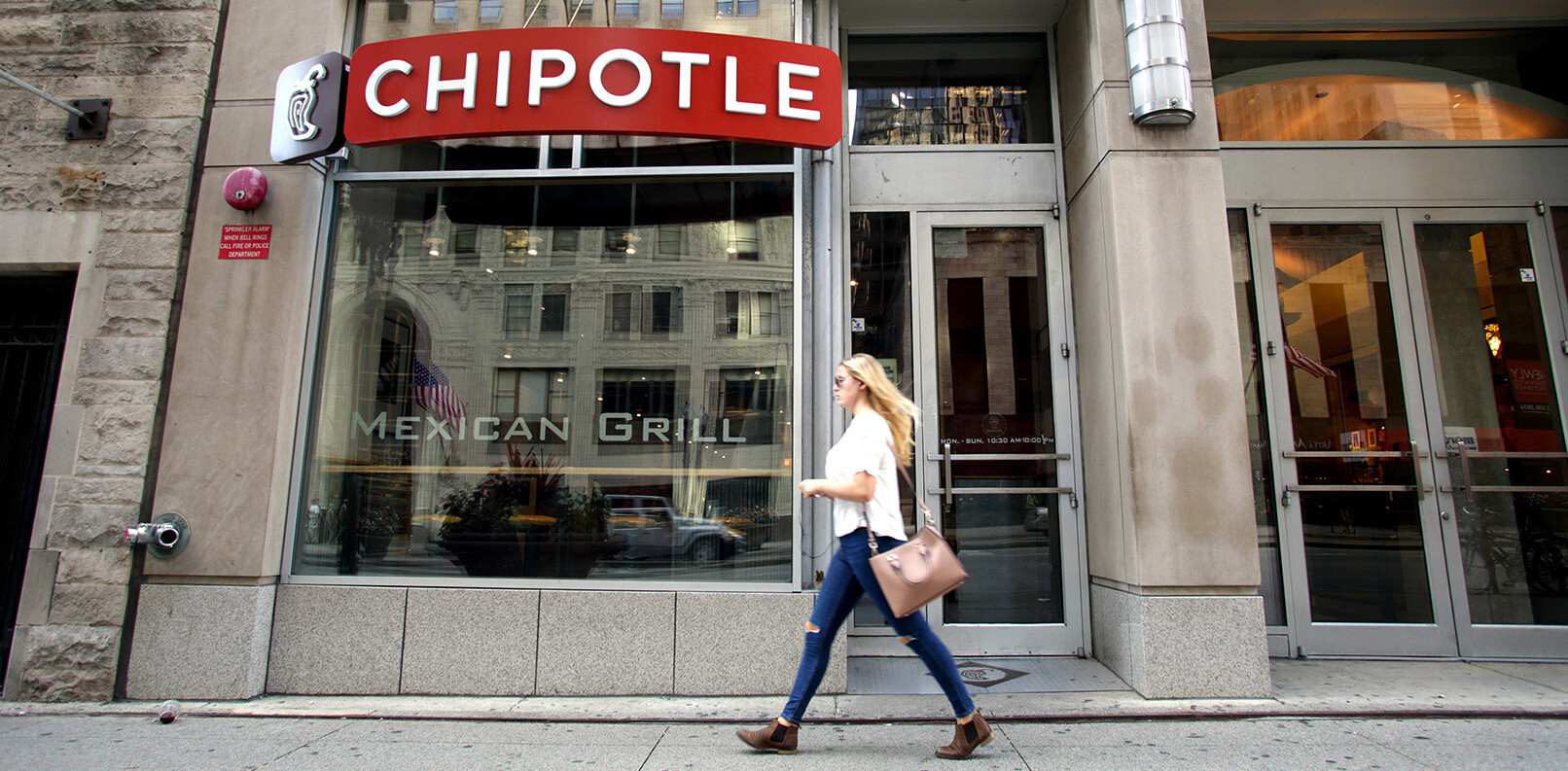
The concept of changing people’s behavior by offering rewards isn’t new: think of store loyalty cards or airline points systems. Gamification takes customer engagement to a whole new level, offering a far more complex experience to encourage not only a greater level of engagement but also broadcasting brand loyalty through social media channels.
The trend of gamification is set to rise: according to a recent report by Gartner, by 2015 “more than 50 percent of organizations that manage innovation processes will gamify those processes.” The same report predicted that gamification strategies for marketing and customer retention would become “as important as Facebook, eBay or Amazon.”
The rise of platforms and applications to enable gamification, such as SCVNGR, Badgeville, BigDoor and Bunchball, have made it easier for brands to structure campaigns.
Whether gamification is indeed the future of marketing or whether we’ve already passed the peak of a fad, there’s no doubt that the gamification of everyday activities and objects can change people’s behavior, increase their loyalty, influence their purchasing habits, and encourage them to share their involvement with a particular brand. It will also help cultivate your communities by continuously bringing people back to engage with your content and with their peers.
So what are the characteristics of a successful gamified campaign?
Setting up a challenge
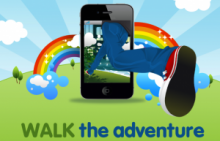 A challenge can help motivate consumers to take that extra step, sometimes literally. The American Public Health Association teamed up with Shinobi Labs to incorporate its Mobile Adventure Walks app into their annual 5k walking challenge. The app was designed to add fun to exercise by asking participants questions about their walk and what they could see around them. The goal was to walk 5k, but the app turned the experience into an adventure.
A challenge can help motivate consumers to take that extra step, sometimes literally. The American Public Health Association teamed up with Shinobi Labs to incorporate its Mobile Adventure Walks app into their annual 5k walking challenge. The app was designed to add fun to exercise by asking participants questions about their walk and what they could see around them. The goal was to walk 5k, but the app turned the experience into an adventure.
A scoring system: badges and points
One of the reasons that gamification works so well for audience retention is the concept of beating your personal best. (We all want to become better versions of ourselves, right?) By offering a scoring system you encourage people to return again and again to see if they can score higher next time. Foursquare has been used by events and conferences such as Comic-Con and Consumer Electronics Show to encourage attendees to visit as many areas as possible and collect badges and earn rewards.
Progression: levels
Like in a standard computer game, allowing progression through levels can keep users coming back again and again. Starbucks has introduced this into its loyalty scheme: progression through the levels is rewarded with perks such as free drinks or extras, giving users an incentive to keep coming back.
Rating: rankings and leader boards
With gamification beginning to creep into the workplace, some managers are starting to recognize the motivational power of a leaderboard and use it to promote team competition, particularly within sales teams. The Salesforce CRM platform enables teams to track performance and offer rewards to the top achievers.
Multiplayer options
 Some people just love a competition and multiplayer options can add a challenge by letting you compete against others. Nike Plus has a whole range of features to enhance your running experience, including being able to challenge up to 50 friends to compete individually or on teams.
Some people just love a competition and multiplayer options can add a challenge by letting you compete against others. Nike Plus has a whole range of features to enhance your running experience, including being able to challenge up to 50 friends to compete individually or on teams.
The prize
You need to offer some sort of reward at the end of the experience: this might be monetary, such as cash or discounts, or have some other value, such as peer respect, recognition or fame. A reward system can motivate people to do something that might be seen as a chore. More than 3 million people have signed up to RecycleBank, a scheme where participants earn points by buying environmentally-friendly products or choosing ‘green’ behavior. They earn rewards in the form of discounts, offers, gift cards or charitable donations.
Gamification success
Just bolting on a points system or a Top 10 to your campaign is not enough: the game elements have to be well designed and integrated to make your audience respond to the challenge. Part of this is knowing your audience and their behaviors, including what social networks they are using so that they can easily share their success with their friends and family.
One thing is certain – utilizing gaming elements for marketers is a gold mine. Gamification makes participation interesting and compelling. A 2011 Latitude survey of US smartphone owners who played games casually found that a large percentage of respondents wanted to see gaming incorporated into a wide range of activities, from education to personal wellness and healthcare to financial planning and economic issues. Multiple studies also show favorable consumer attitudes towards in-game and around-game advertising as long as consumers receive value in return.
Also read: Why The Future of Work is Play
Repina Valeriya via shutterstock
Get the TNW newsletter
Get the most important tech news in your inbox each week.

